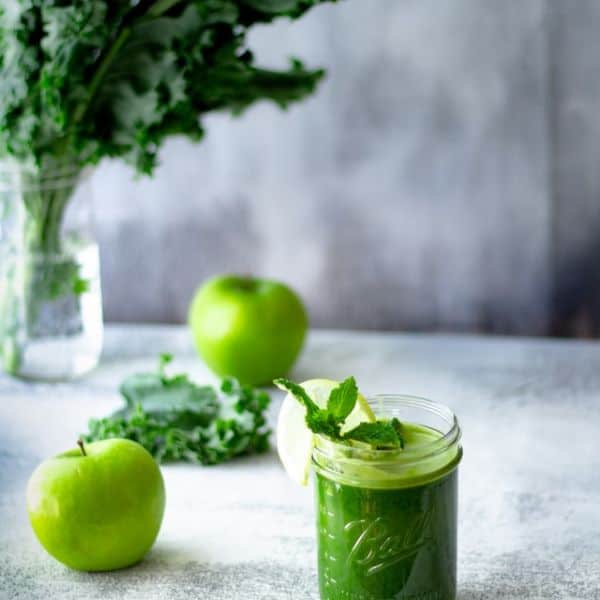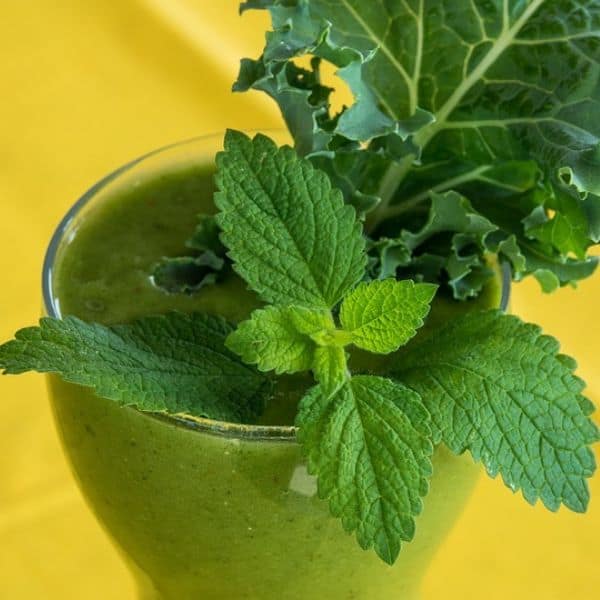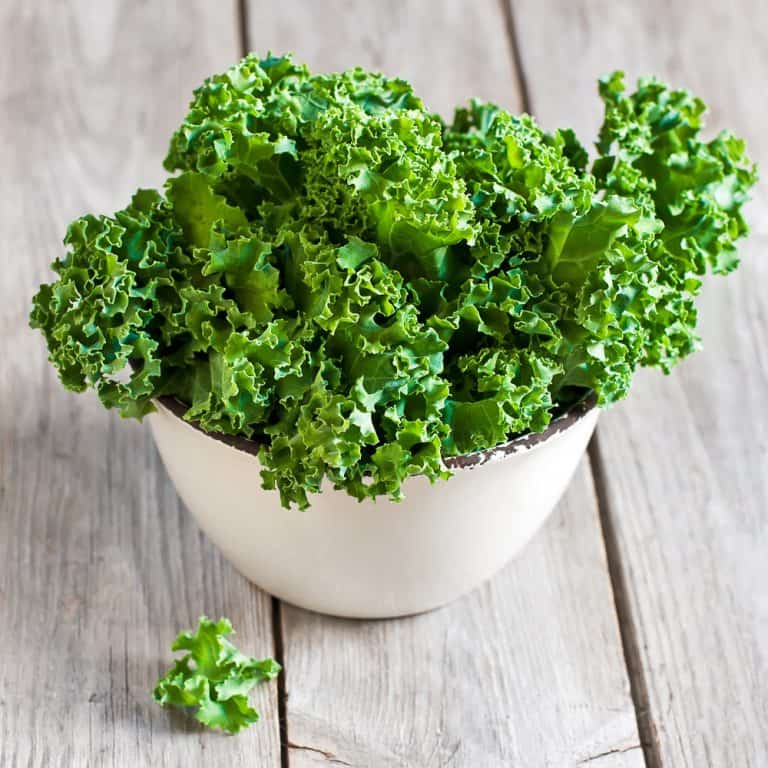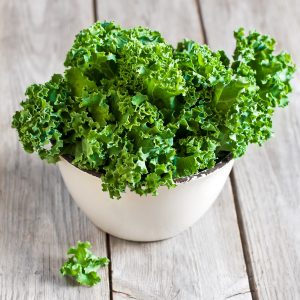Can You Freeze Kale?
Just like other vegetables, kale can be frozen.
That said, you need to keep in mind that it is an art to freezing kale. Putting kale into a freezer bag and tossing it inside a freezer isn’t really the best way.
If you want your frozen kale to last for months, you should blanch it before putting it in an air-tight plastic bag and storing it in your freezer.
Using frozen kale is super easy. In fact, you don’t even need to defrost it first. You can add it directly to your food recipes and your drinks.
Do You Need to Blanch Your Kale?
There is no hard and fast rule that you must blanch greens like kale or spinach before freezing them.
The blanching process helps to reduce the enzymes that make the leaves deteriorate quickly and develop a weird taste.
You may be able to get away with freezing kale without blanching if you plan on using it within a couple of weeks (6 weeks) after freezing it.
Note that unblanched kale isn’t great for making smoothies and frozen drinks, as they may have a strong and off-putting bitter taste. Un-blanched kale leaves work best in soups, stews, and food recipes with strong flavors that can overpower the bitter taste.
If you plan on storing your kale in the freezer for 2 to 8 months, it is critical that you blanch it first before freezing it.
You are going to need the following to blanch kale and other green vegetables.
- Boiling water
- Large pot
- Freezer bags
- Ice cold water
Here are some quick steps on how to blanch kale
- Wash your kale and put them in a large pot
- Add boiling water and cover the pot for 3 minutes
- Place the leaves in ice-cold water for 3 minutes
- Dry the kale leaves with a towel and store them in freezer bags.
- Label the bags and put them in your freezer.
2 Ways to Freeze Kale
There are two distinct ways to freeze kale, spinach, and other greens. While both methods are simple and straightforward, you should consider what you willbe using your frozen kale before choosing between them.
Below is an overview of what both methods entail.
Freezing Kale in Cubes
Freeze kale in cubes gives you the convenience to portion it and include into your blender while making green smoothie.
Here is how to prepare frozen kale cubes
- Wash your kale and remove its stems
- Blend until you achieve an even consistency.
- Pour into an ice tray and freeze.
You can use frozen cubes to make smoothies, soups, and other food.
Frozen Kale Leaves
If you plan to use your kale whole, or you don’t want to blend them, you should try out this method.
Here is how to freeze kale using this method.
- Wash your kale leaves
- Put it in boiling water and then ice-cold water (blanching)
- Dry the leaves and store them in freezer bags.
- Label the bags and put them in a freezer
You can add the frozen leaves to your soup and stew recipes.

Can I Freeze Kale Without Blanching?
Yes, you can. However, you have to keep in mind that freezing kale, spinach, and other green vegetables without first blanching them isn’t the best way to preserve them long term.
On average, an un-blanched kale that is frozen in an air-tight freezer bag will last for 3-6 weeks. During this period, you can add them to your green smoothies and soup recipes.
Before learning how to freeze kale, you should first learn about blanching. This will go a long way in helping you preserve your kale better.
Do You Wash Kale Before Freezing?
If your kale isn’t pre-washed, you should wash it thoroughly with water before freezing it.
Just like other green veggies, unwashed kale may contain dirt and insects. To remove them, you have to wash and dry them before storing them in your freezer.
Does Kale Lose Nutrients When Frozen?
Yes, it does. A fraction of the nutrients in kale are lost when it is frozen for a long time. But this shouldn’t bother you because the nutrient that is lost is very small.
Whether you use frozen kale or fresh kale, you will still get almost the same amount of nutrients.

How Do You Defrost Frozen Kale?
After learning how to freeze kale, the next thing that may come to your mind is; how to defrost it when you want to use it.
Defrosting frozen kale is relatively easy. All you need to do is to take the freezer bag you stored it in out of the freezer and place it on your kitchen counter or in a bowl of water.


